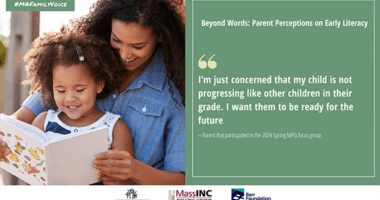Falling Short on the Promise of College- and Career-Ready Math Standards
Ed Trust’s examination of more than 1,800 classroom assignments shows only 1 in 10 middle-grades math assignments required high levels of cognitive demand
WASHINGTON (April 4, 2018) — Nearly every state includes measures of college- and career-readiness in their accountability plans under the Every Student Succeeds Act, and the quality of classroom assignments can help gauge whether students are being prepared for success beyond high school. In a new report, The Education Trust asks: Do classroom assignments reflect that near universal commitment to quality? The answer: not quite.
Via its Equity in Motion assignment analysis work (which also includes a suite of tools on literacy), Ed Trust is urging practitioners to ask themselves tough questions about what students are being asked to do in the classroom, and whether daily assignments are preparing students for success.
“We know that the assignments students are given matter,” said Keith Dysarz, director of P-12 practice and author of the report. “And yet, our analysis shows that a significant percentage of educators are falling far short of delivering on the promise of rigorous college- and career-ready math standards. And while this is troubling for all students, it is particularly problematic for students of color and students from low-income families who may not have access to the resources and opportunities that can supplement this lack of rigor in the classroom.”
In “Checking In: Are Math Assignments Measuring Up?,” Ed Trust examined more than 1,800 math assignments given to middle-school students from six districts — urban, suburban, and rural — across the country. Assignments were collected from 63 sixth-, seventh- and eighth-grade teachers teaching math courses, ranging from math 6 through geometry.
The results are telling:
- More than 70 percent of assignments were at least partially aligned with a grade-appropriate standard. Moreover, over two-thirds (68 percent) of assigned tasks addressed more than one standard within the same grade or course.
- Only 9 percent of tasks required high levels of cognitive demand that pushed student thinking to the strategic or extended levels. For students in high-poverty schools, only 6 percent of assignments were classified as requiring strategic thinking, compared to 12 percent in more affluent schools.
- Assignments were more than twice as likely to focus on procedural skills and fluency (87 percent) compared with conceptual understanding (38 percent) or application of a mathematical concept (39 percent).
- Less than one-third (32 percent) of math assignments provided an opportunity for students to communicate their thinking or justify their responses. Opportunities to communicate mathematical understanding were significantly higher in the advanced courses and in lower-poverty schools (38 percent) as compared to high-poverty schools (26 percent).
- Relevance and choice — powerful levers to engage early adolescents — are mostly missing in action. Only 2 percent of assignments attempted to make the content relevant to students’ experience, interest, and values. Only 3 percent of assignments offered students choice in content, product, or process.
###











